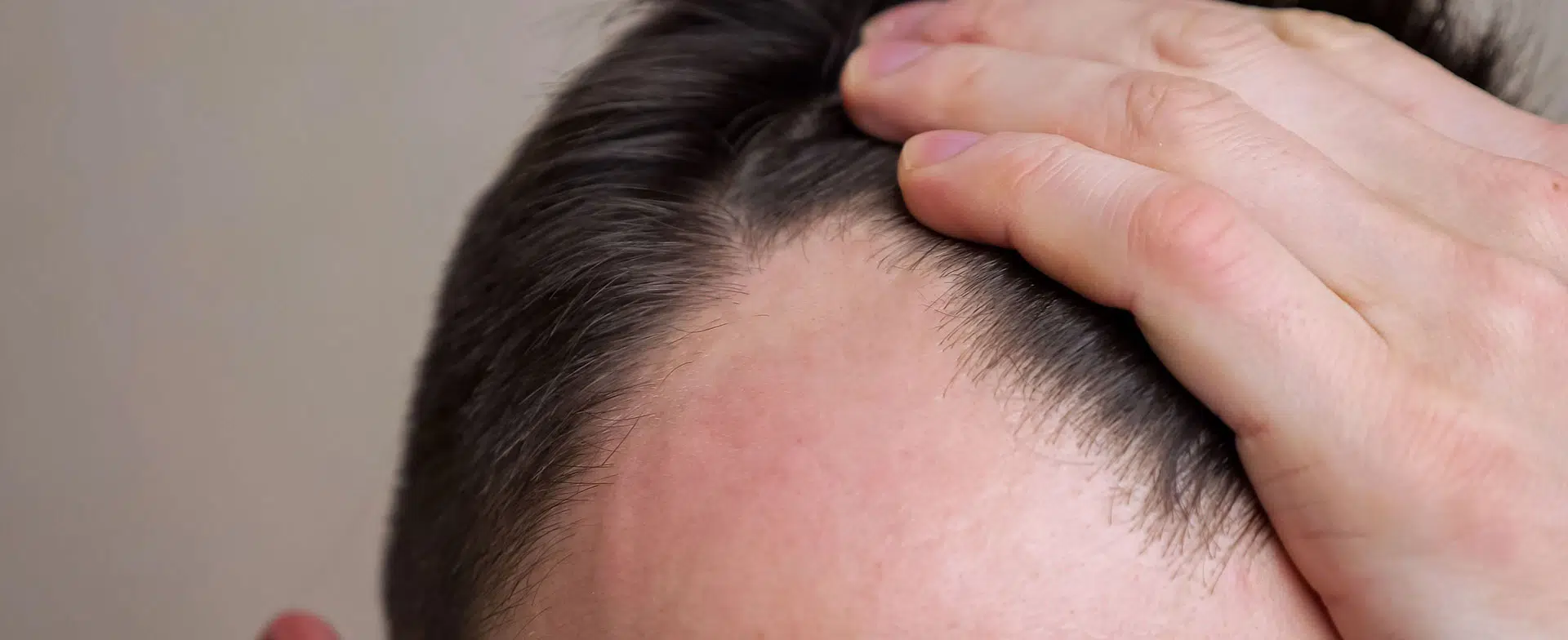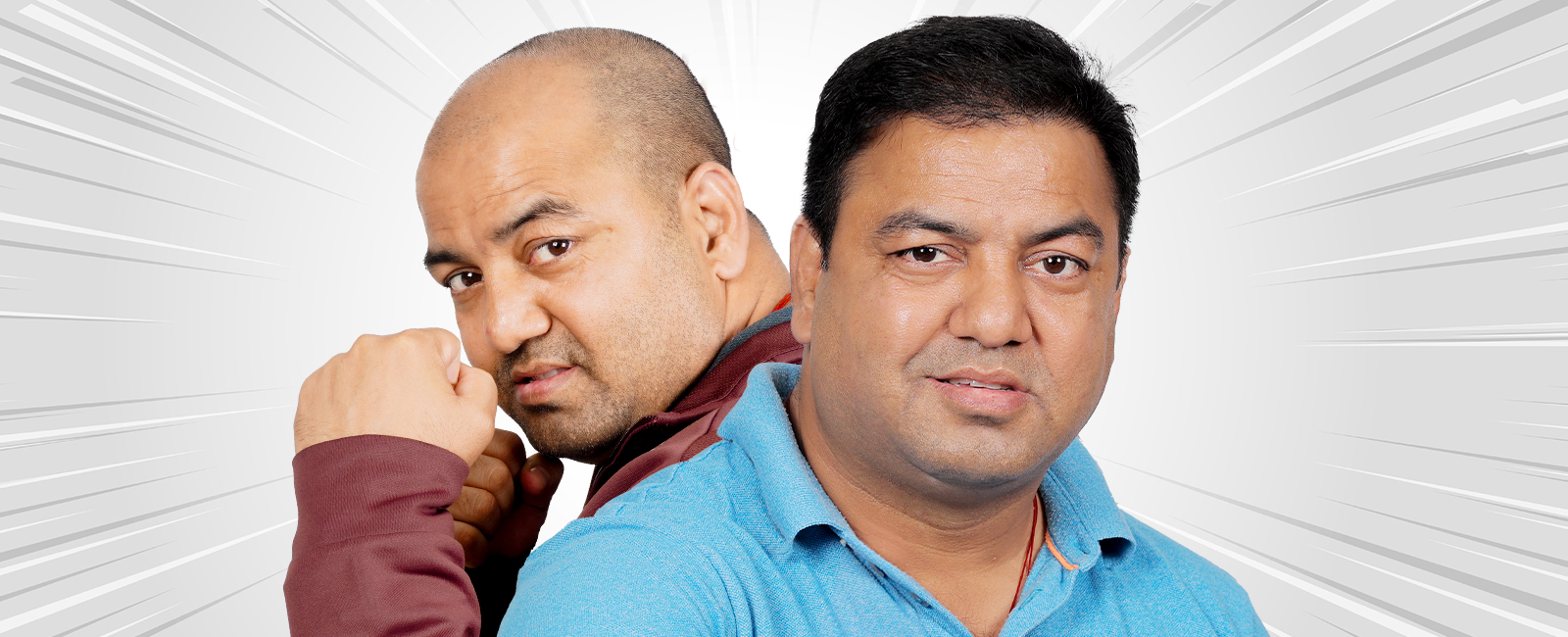While hair transplant procedures have come a long way, addressing concerns about scarring and ensuring safe healing for optimal results is essential. In this article, we will explore the topic of hair transplantation, the risks associated with scarring, and measures to minimize these risks.
Hair transplantation is a surgical procedure that involves harvesting hair follicles from a donor area, typically the back or sides of the scalp, and implanting them into areas with thinning or no hair, known as the recipient area. This technique, known as follicular unit transplantation (FUT) or follicular unit extraction (FUE), has revolutionized the field of hair restoration.
One of the main concerns associated with hair transplantation is scarring. While scarring is an inevitable outcome of any surgical procedure, minimizing its visibility and ensuring safe healing are crucial. The two primary methods of hair transplantation, FUT and FUE, differ in their scarring patterns.
FUT, also known as the strip method, involves removing a strip of scalp from the donor area, which is then dissected into individual hair follicles for transplantation. This technique leaves a linear scar at the donor site, which is typically hidden by surrounding hair. However, in some cases, the scar may stretch or widen, becoming more noticeable. To minimize scarring with FUT, skilled surgeons employ meticulous closure techniques, such as trichophytic closure, which allows hair to grow through the scar, making it less visible.
FUE, on the other hand, involves harvesting individual hair follicles directly from the donor area using a punch-like instrument. This technique leaves tiny, dot-like scars scattered across the donor area. While these scars are less conspicuous than the linear scar of FUT, they can still be visible if the hair is cut very short. However, the advantage of FUE is that it offers the possibility of shaving the entire donor area without leaving a visible linear scar, making it a preferred option for individuals who prefer short hairstyles.
To minimize the risk of scarring and ensure safe healing, several factors come into play. First and foremost, choosing a qualified and experienced hair transplant surgeon is crucial. A skilled surgeon will have the necessary expertise to perform the procedure with precision, minimizing the risk of complications and optimizing healing.
Post-operative care also plays a vital role in safe healing and minimizing scarring. It is essential to follow the surgeon’s instructions carefully, including proper wound care, medication usage, and avoiding activities that can strain the scalp. Keeping the scalp clean and free from infection is of utmost importance during the healing process.
Additionally, avoiding smoking and alcohol consumption before and after the procedure can contribute to better healing outcomes. Smoking and alcohol can impair blood flow and delay the healing process, increasing the risk of complications and scarring.
Advanced techniques, such as platelet-rich plasma (PRP) therapy, can also aid in safe healing and reducing scarring. PRP involves injecting the patient’s own platelet-rich plasma into the transplanted area, which promotes tissue regeneration and accelerates healing. This technique has shown promising results in improving the overall outcome of hair transplantation procedures.
Hair transplantation is a valuable solution for individuals experiencing hair loss. While scarring is an inevitable part of the procedure, the risks can be minimized by selecting a skilled surgeon, adhering to post-operative care instructions, and considering advanced techniques like PRP therapy. It is essential for individuals considering hair transplant to have realistic expectations and consult with a qualified professional to determine the most suitable approach for their unique needs. With proper care and expertise, hair transplant can provide natural-looking results and restore confidence to those seeking a fuller head of hair.





